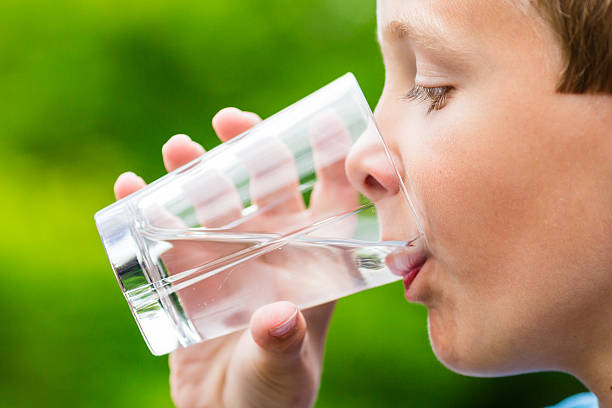1,2,3-TRICHLOROPROPANE

1,2,3-Trichloropropane is a colorless liquid that is used as a solvent and in other specialty applications.Safe Home offers a few kits that provide drinking water testing for 1,2,3-Trichloropropane in city and well water supplies.
Parameter Type: Drinking Water Testing for Volatiles
Parameter Name: 1,2,3-Trichloropropane
What it is and Where it Comes From:
1,2,3-Trichloropropane (TCP) is an organic compound with the formula CHCl(CH2Cl)2. It is a colorless liquid that is used as a solvent and in other specialty applications. 1,2,3-Trichloropropane is produced the addition of chlorine to allyl chloride. TCP also may be produced as a by-product also is produced in significant quantities as an unwanted by-product of the production of other chlorinated compounds such as epichlorohydrin and dichloropropene. Historically, TCP has been used as a paint or varnish remover, a cleaning and degreasing agent, and a solvent. It is also used as an intermediate in the production of hexafluoropropylene. It is a crosslinking agent for polysulfide polymers and sealants. TCP does not contaminate soil. Instead, it leaks down into groundwater and settles at the bottom of the reservoir because TCP is more dense than water. This makes TCP in its pure form a DNAPL (Dense Nonaqueous Phase Liquid) and it is, therefore, harder to remove it from groundwater. Drinking water testing gives you several benefits like peace of mind, identifying contaminants in your water, and insight into health concerns. Safe Home offers Laboratory drinking water testing kits for 1,2,3-Trichloropropane, allowing you to collect your water sample and ship it directly to our EPA-Certified Laboratory. This platform of drinking water testing for 1,2,3-Trichloropropane will give you an accurate level based on the lowest level of a parameter our instruments can detect (Method Detection Level). Safe Home drinking water testing for volatiles can be used for city and well water supplies. Drinking water testing should be done any time you notice a significant change in your water quality.
Health Effects:
1,2,3-Trichloropropane caused liver and kidney damage, blood disorders and stomach irritation in mouse and rat studies. There are no health studies involving humans. Animal studies have shown that long-term exposure to TCP may cause reduced body weight and increased incidences of tumors in numerous organs.
Solutions to Contaminant Levels:
After drinking water testing, what can I do to solve my water issue? A filter with granular activated carbon (GAC) is a proven option to remove certain chemicals, particularly organic chemicals, from water. GAC filters also can be used to remove chemicals that give objectionable odors or tastes to water such as hydrogen sulfide (rotten eggs odor) or chlorine. Reverse osmosis is a process that removes foreign contaminants, solid substances, large molecules, and minerals from water by using pressure to push it through specialized membranes. Here’s how reverse osmosis works. Unlike osmosis, which is a passive process, reverse osmosis requires external force (pressure) to work. Pressure is applied to a highly concentrated solute solution, such as salt water, to pass through a membrane to a lower concentrate solution. The membrane allows water to flow through but blocks out larger molecules, like contaminants. The reverse osmosis process leaves higher concentrations of solute on one side and only the solvent, or freshwater, on the other. Who do I need to contact to find out more information about water quality in my area? Every community water supplier must provide an annual report to its customers, known as a Consumer Confidence Report (CCR). The report provides information on your local drinking water quality, including the water’s source, contaminants found in the water, and how consumers can get involved in protecting drinking water. How often does the local public water system preform drinking water testing? Frequency of drinking water testing depends on the number of people served, the type of water source, and types of contaminants. Certain contaminants are tested more frequently than others, as established by the Safe Drinking Water Act. You can find out about levels of regulated contaminants in your treated water for the previous calendar year in your annual Consumer Confidence Report (CCR).


